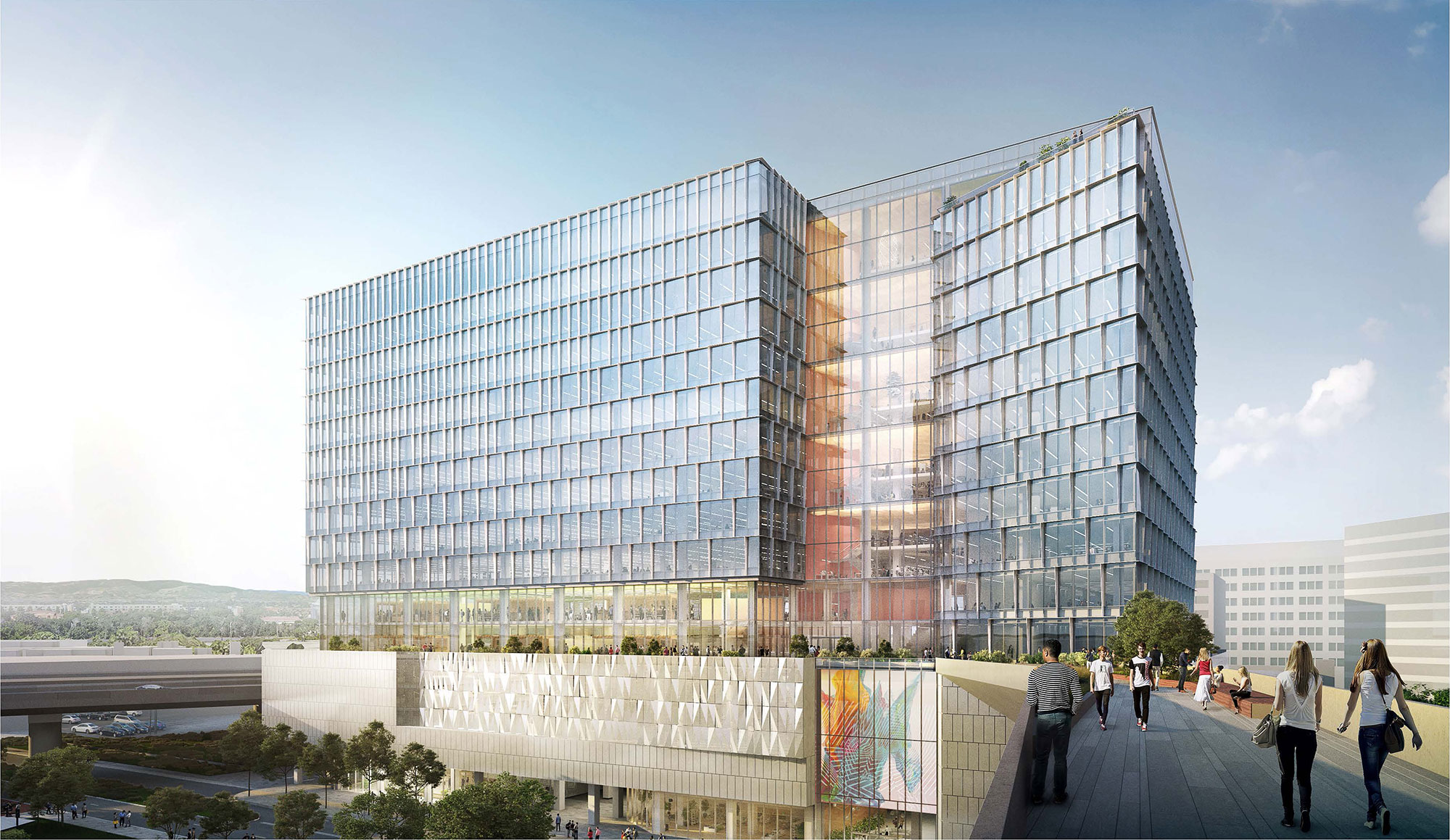Designing buildings to use less energy will continue to be the smartest strategy to achieve net-zero operations. The first certified net-zero-energy (NZE) buildings — which produce enough clean energy on-site to compensate for their annual consumption — were built in the 1990s. Nearly three decades later, there are still fewer than 100 verified NZE buildings. This figure, however, is rapidly increasing.

Adobe’s all-electric building enables the client to pull energy from grid at times when the mix is cleaner and ensure that battery storage or other on-site energy solutions will be easy to incorporate in the future.
Renewable technology is becoming more affordable. Over the past decade, the costs for photovoltaics have dropped by two-thirds for both commercial and residential structures. Estimates suggest that NZE buildings have grown tenfold in the past seven years. We cannot address climate change without retooling the built environment.
In Impact by Design 2020 we introduce Strategies for Climate Resilience: a collection of six major areas that have the greatest potential for positive climate impact in the coming years.
